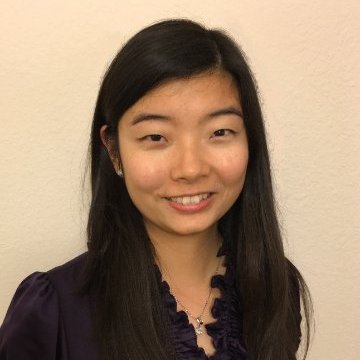Program Information
Predicting Time to Glioblastoma Multiforme (GBM) Recurrence with MR Image Texture Analysis
V Yu*, D O'Connor , D Nguyen , W Gu , D Ruan , K Sheng , UCLA School of Medicine, Los Angeles, CA
Presentations
WE-RAM1-GePD-J(A)-1 (Wednesday, August 2, 2017) 9:30 AM - 10:00 AM Room: Joint Imaging-Therapy ePoster Lounge - A
Purpose: To evaluate the feasibility of predicting Glioblastoma Multiforme (GBM) time to first recurrence with MR image textures.
Methods: The earliest available MR image-sets after surgery, each containing T1 pre and post-contrast, T2, Flair, and ADC images were obtained for 18 patients. Rigid registration was performed to correlate all five images for each patient. To standardize image intensities and for all modalities and patient images, brain segmentation was first performed using the statistical-parametric-mapping(SPM) toolbox. Histogram normalization with two separate linear mappings was then performed to modality-specific templates within the segmented brain region for all images. 24 Gray-level-co-occurrence-matrix (GLCM) texture features, along with the histogram-normalized image intensity values for each modality within a 2 cm expansion of the original tumor volume was generated, resulting in 125 textures features for each patient. Leave-one-out(LOO) LASSO regression analysis, followed by a polishing step without L1 regularization was performed to select 5 features that result in a model correlating textures and time to recurrence with good accuracy. The predictive power of the resultant LOO regression models were evaluated with the correlation-of-determination metric(R²).
Results: All except one LOO-LASSO regression model selected the identical 5 features, namely, T1 post-contrast cluster shade, T1 pre-contrast cluster prominence, T2 entropy, Flair cluster prominence, and ADC entropy. The average and range of R² values for these models were 0.71 and 0.679-0.891, respectively. A distinct set of textures were selected, corresponding to a significantly lower R² value of 0.538, when one patient with particularly long time to recurrence of 1551 days was left out. This result further infers the potential in predicting time to recurrence with image texture features within the vicinity of the original tumor volume.
Conclusion: The potential in predicting time to first recurrence with texture features was demonstrated. Expansion of the patient cohort will be needed for further validation.
Funding Support, Disclosures, and Conflict of Interest: DOE DE-SC0017057, NIH R44CA183390, NIH R01CA188300, NIH R43CA183390, NIH U19AI067769
Contact Email:
